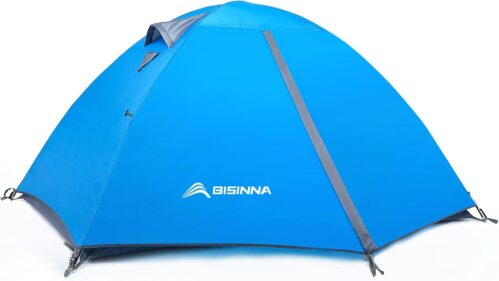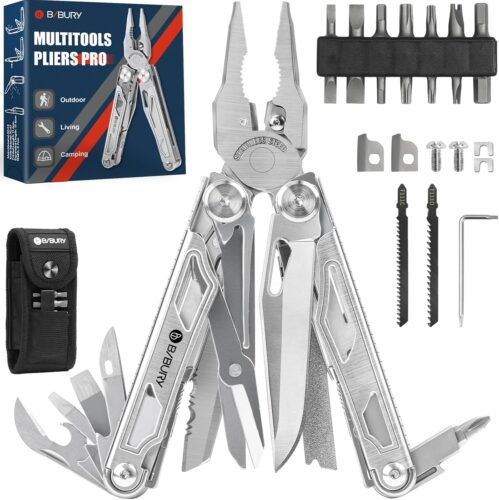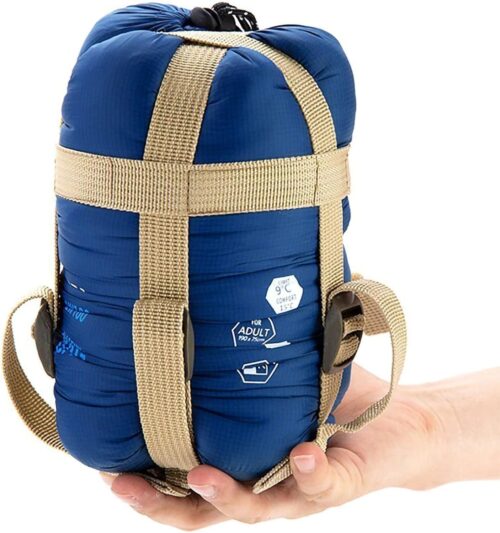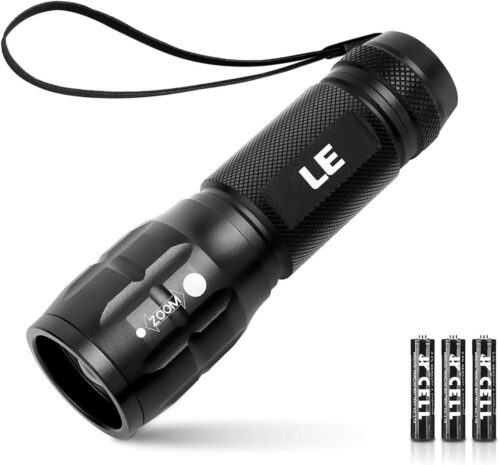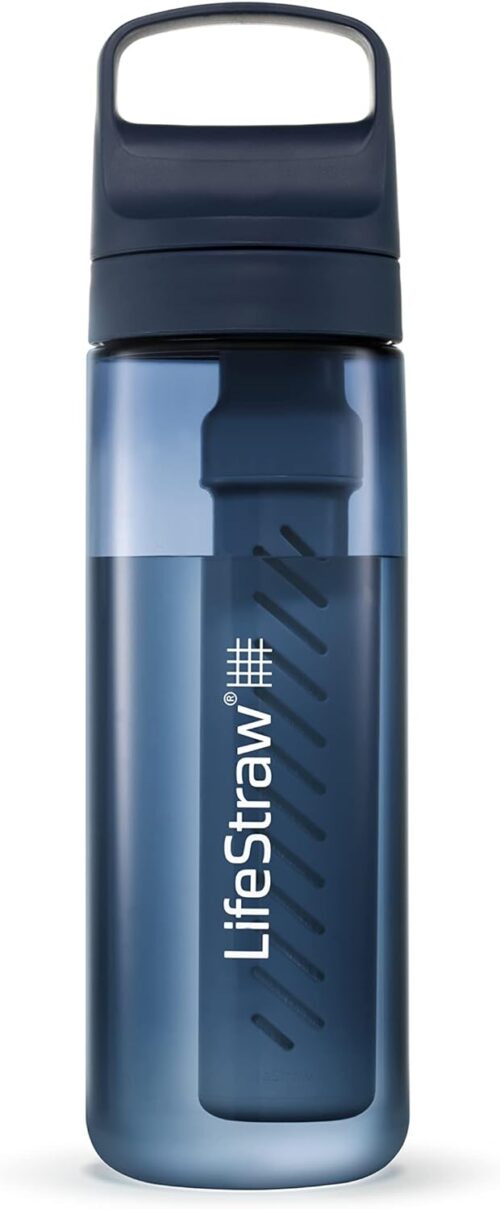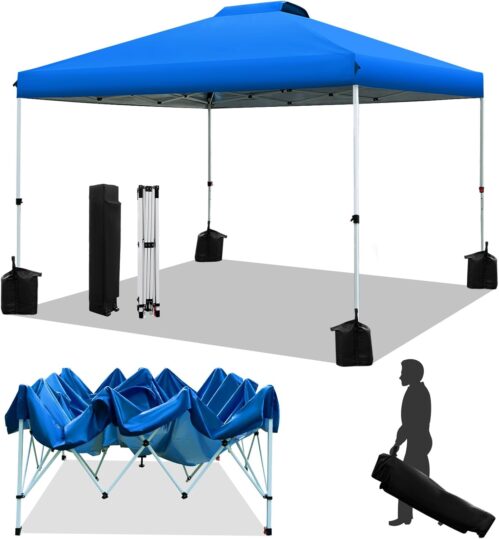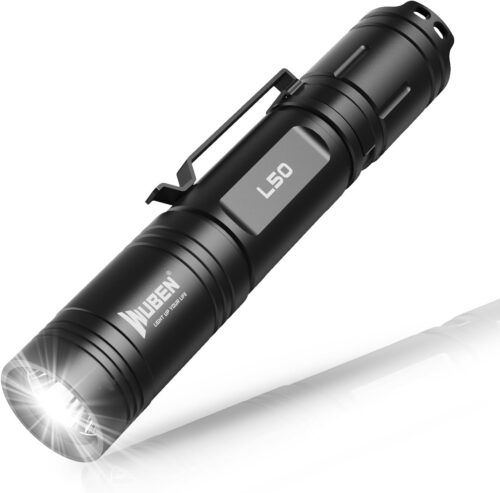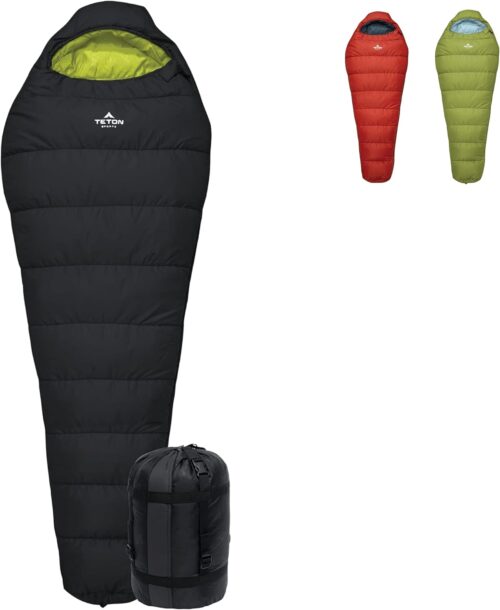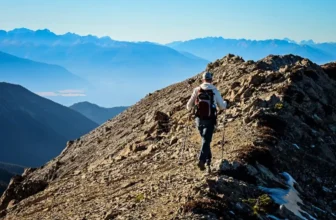
You’re ready to hit the trails for a day hike, but are you fully prepared? Before you head out, there are a few key items you should always have in your pack to ensure a successful and enjoyable adventure. From essential gear to safety precautions, each item plays a vital role in your hiking experience. So, what exactly should you pack to make sure you’re ready for whatever the trail throws your way?
Essential Gear
When preparing for a day hike, ensure you have the essential gear to stay safe and comfortable on the trail. Start with suitable footwear that provides good traction and support. Hiking boots or shoes that are broken in and comfortable can prevent blisters and provide stability on uneven terrain.
Next, dress appropriately for the weather conditions. Layer your clothing so you can adjust as needed throughout the day. A moisture-wicking base layer, insulating mid-layer, and weather-resistant outer layer are recommended. Don’t forget a hat and sunglasses for sun protection.
Carry a well-equipped daypack to hold your gear. Essentials include a map, compass, or GPS device for navigation, a first aid kit, a multi-tool or knife, a headlamp or flashlight, and extra food and water. Sunscreen, insect repellent, and a whistle for emergencies are also important items to have on hand.
Hydration and Nutrition
To maintain your energy levels and prevent dehydration during a day hike, prioritize proper hydration and nutrition.
Staying hydrated is crucial for your body to function optimally, especially when you’re outdoors and active. Carry an adequate amount of water in a reusable bottle or hydration pack. Consider electrolyte-enhanced drinks to replenish lost minerals through sweating.
Snacks high in protein, healthy fats, and complex carbohydrates are excellent choices to keep you energized throughout your hike. Nuts, trail mix, energy bars, and fruits like bananas or apples are convenient options. Make sure to pack enough food for the duration of your hike, plus a little extra in case of unexpected delays.
It’s essential to listen to your body’s signals and eat and drink regularly to maintain your stamina and focus. By paying attention to your hydration and nutrition needs, you’ll set yourself up for a successful and enjoyable day hike.
Safety Precautions
As you embark on your day hike, ensuring your safety is paramount, starting with being prepared with the necessary precautions. Begin by checking the weather forecast before setting out, and dress appropriately for the conditions. Wear sturdy hiking boots to protect your feet and ankles on uneven terrain. Pack a first aid kit with essentials like bandages, antiseptic wipes, and pain relievers in case of minor injuries. It’s crucial to carry enough water to stay hydrated throughout your hike and prevent dehydration. Additionally, bring high-energy snacks to keep your energy levels up.
Inform someone of your hiking plans, including your route and expected return time, for safety in case of emergencies. Consider carrying a whistle or signaling device to attract attention if needed. Stay on marked trails to avoid getting lost, and follow trail markers to stay on course. Be mindful of wildlife in the area and keep a safe distance. Lastly, familiarize yourself with basic first aid and emergency procedures before heading out. By taking these safety precautions, you can enjoy your day hike with peace of mind.
Navigation and Communication
Ensure proper navigation tools, such as a map and compass, are readily accessible to guide you through the trails and aid in communication if needed. These tools are essential for staying on course and preventing getting lost in unfamiliar terrain. Familiarize yourself with the map before starting your hike, noting key landmarks and potential exit points in case of an emergency.
Additionally, consider bringing a GPS device or a smartphone with a reliable offline maps app as a backup to traditional navigation tools. These can provide real-time location tracking and help you pinpoint your exact position if you stray off the trail.
Communication devices like a fully charged cell phone or a two-way radio can be vital in case of an emergency. Ensure you have a signal or a backup plan in place for areas with poor reception. Let someone know your planned route and expected return time before heading out, so they can alert authorities if you don’t check in as scheduled. Stay connected and prepared to ensure a safe and enjoyable hiking experience.
Adventure Gear

